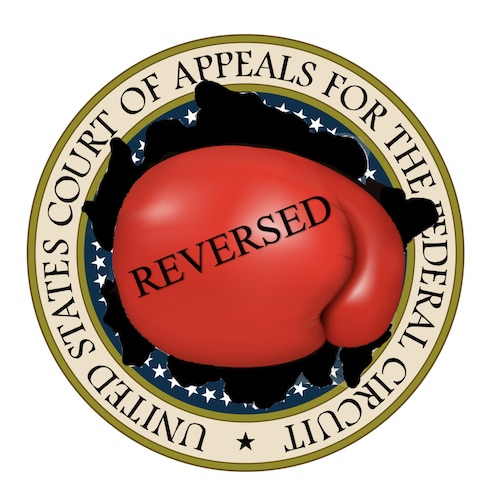Parker
Support IPWatchdog with an individual sponsorship: Click here
“The court issued 60 Rule 36 decisions as of August 2024 and 75 opinions in PTAB appeals, ‘which amounts to a relative-Rule-36 frequency of 44.44%.'” – ParkerVision petition
ParkerVision, Inc. has filed a petition for a writ of certiorari, docketed on Thursday, November 7, with the United States Supreme Court, presenting the question of whether the U.S. Court of Appeals for the Federal Circuit’s (CAFC’s) habit of issuing one-word affirmances under Rule 36(a) is prohibited under 35 U.S.C. The The The court’s use of Rule 36 has increased in recent years and is a controversial subject.
According to the petition, the CAFC’s first Chief Judge, the Honorable Howard T. Markey, during the the First Annual Judicial Conference of the CAFC, specifically said: “In our Court there will be an opinion explaining enough to tell you what the law is in every case…. The SS 144 requires the court to issue “opinions,” which has been historically defined as “a court’s statement of reasons for its decision.” This premise flows from the CAFC’s predecessor, the Court of Customs and Patent Appeals (CCPA), which the petition notes “was statutorily required to issue ‘opinion
‘ in appeals from the PTO’s predecessor, the Patent Office,” a requirement that was revived after the CCPA was replaced with the CAFC.[s]While the theory is that the use of Rule 36 is justified due to the significant increase in cases the CAFC has seen following the America Invents Act’s creation of the Patent Trial and Appeal Board (PTAB), the petition argues that a “reason-giving” opinion need not deluge the court and that “the Federal Circuit would satisfy SS 144 by issuing a one-paragraph document identifying the grounds for reversal or vacatur that the appellant has raised and stating why they fail.”
The petition cites statistics from an article by Daniel F. Klodowski showing that “since the AIA’s enactment in 2011, and as of August 22, 2024, the Federal Circuit has issued a Rule 36 summary affirmance in 43.01% of its PTAB appeals from inter partes review, post-grant review, and covered-business-method proceedings–i.e., 569 out of 1,323 appeals.” Furthermore, the court issued 60 Rule 36 decisions as of August 2024 and 75 opinions in PTAB appeals, “which amounts to a relative-Rule-36 frequency of 44.44%.”
ParkerVision pointed to Judge Paul Michel’s statements in a September 2019 interview with IPWatchdog that when he was on the court, “we used Rule 36 in two very limited circumstances: for pro se personnel cases of no merit at all and for plainly frivolous cases.” Michel added that he considers it “a dereliction of duty not to explain their reasoning in at least three to four pages in order to remain consistent with their mission to clarify the patent law. It’s very hard to justify.”
This “heavy reliance on Rule 36” has resulted in a situation where “patent holders rarely receive a judicial explanation why their already issued patents have been invalidated,” says the petition.
Even if the Justices disagree with the petitioners’ interpretation of Section 144 as “a reason-giving directive,” the petition implores the Court to consider the question nonetheless, in order to explain on the record “why a one-word affirmance suffices.”
Kasowitz Benson Torres, which is representing ParkerVision, issued a press release Friday explaining that “without an opinion, patent holders are left without an understanding of why their vested property rights have been invalidated, creating uncertainty that destabilizes the patent system and stifles innovation.” Jeffrey Parker, ParkerVision CEO, added:
“For inventors like us, patents are not just legal assets; they represent countless hours of research and development. It In In
E E






